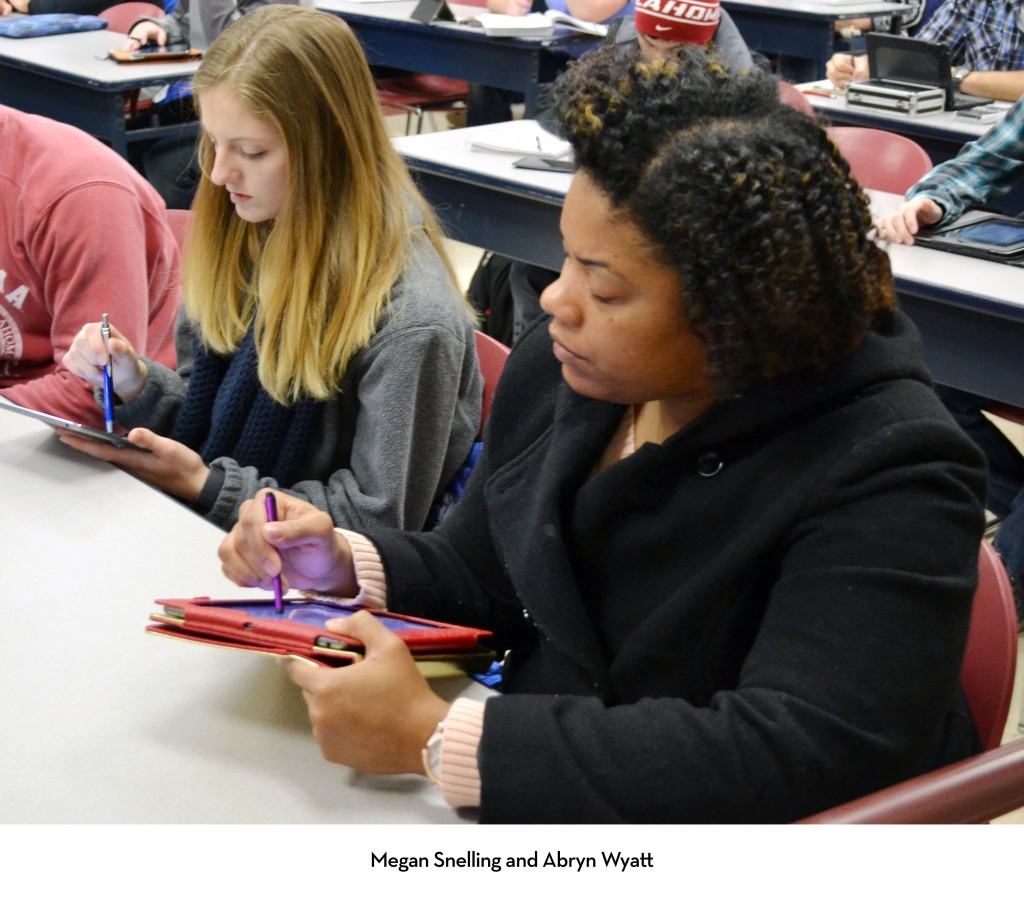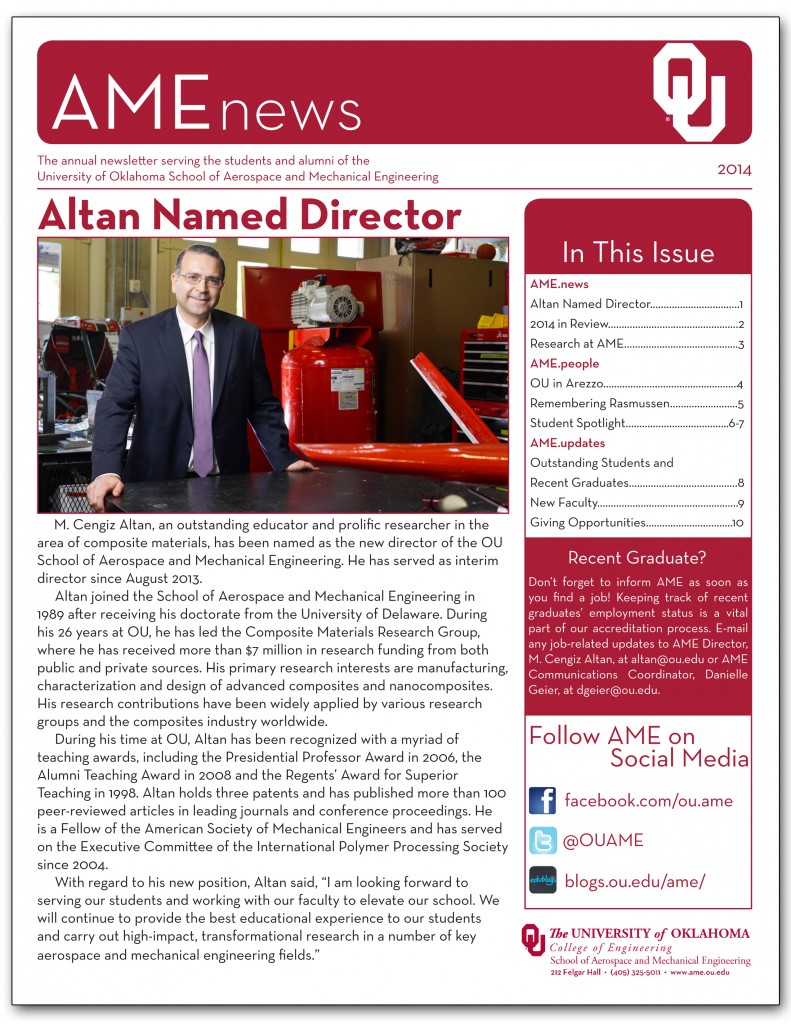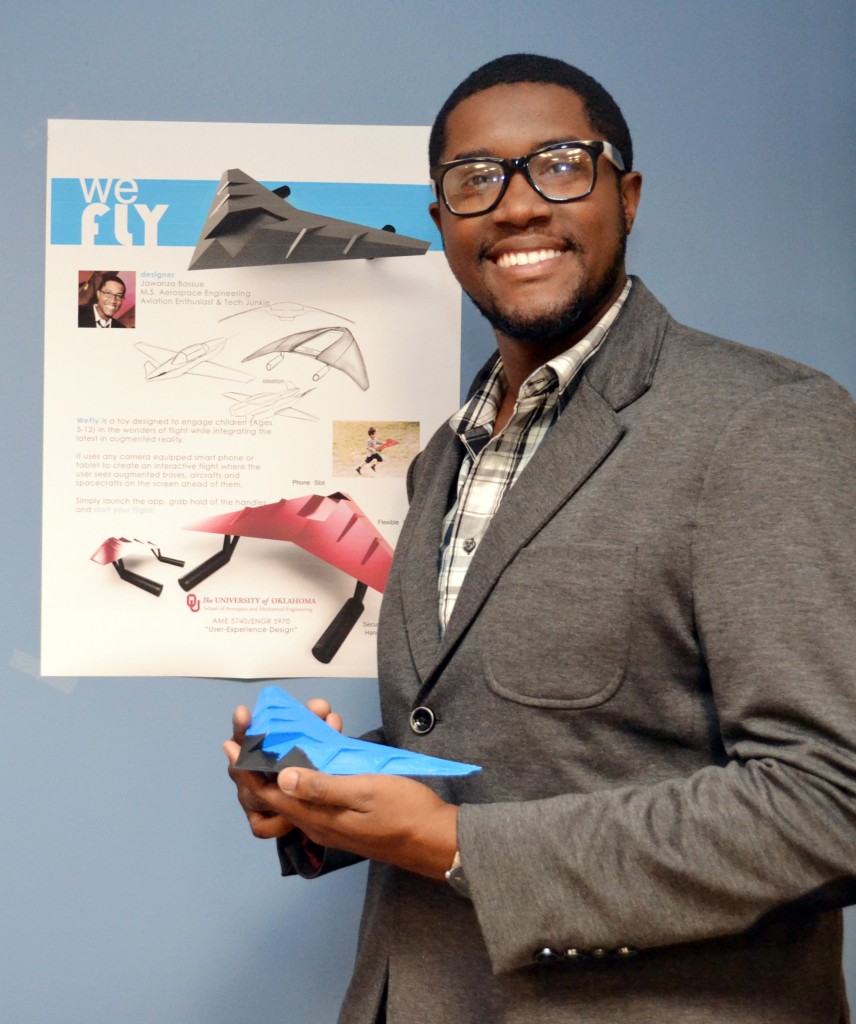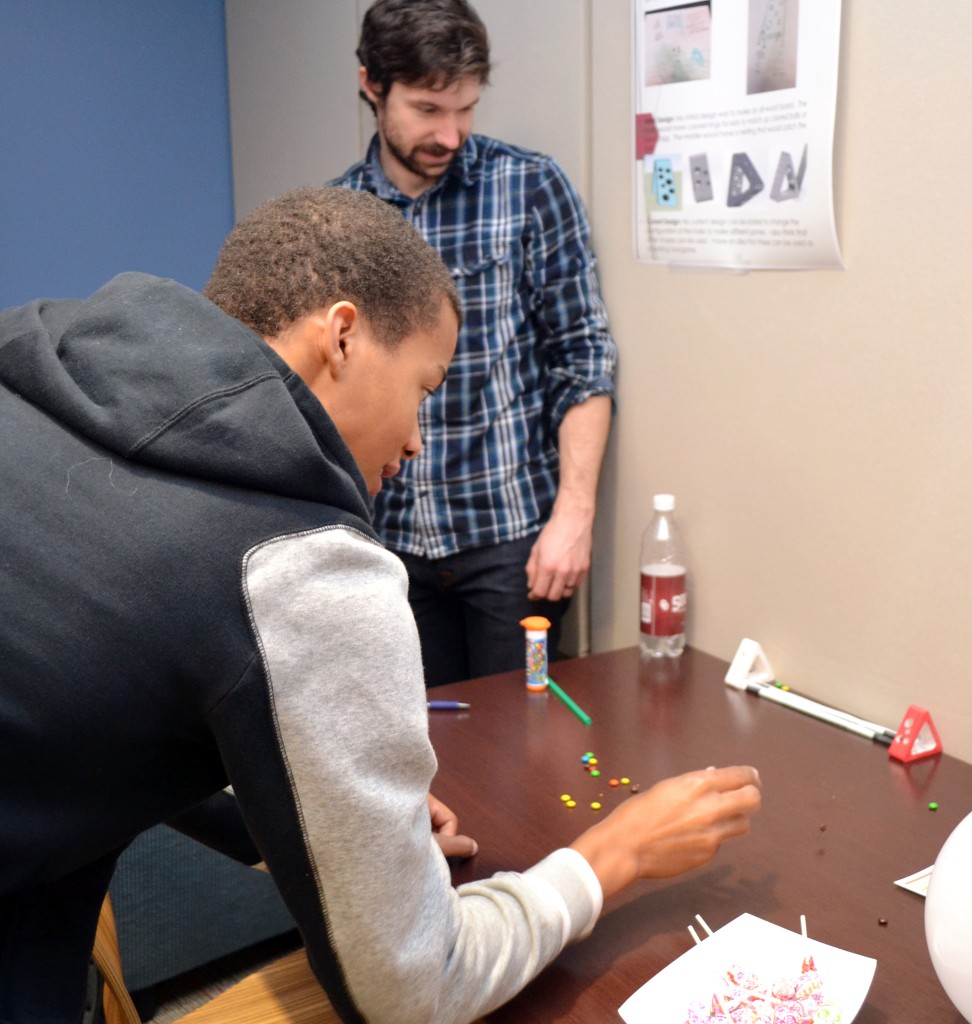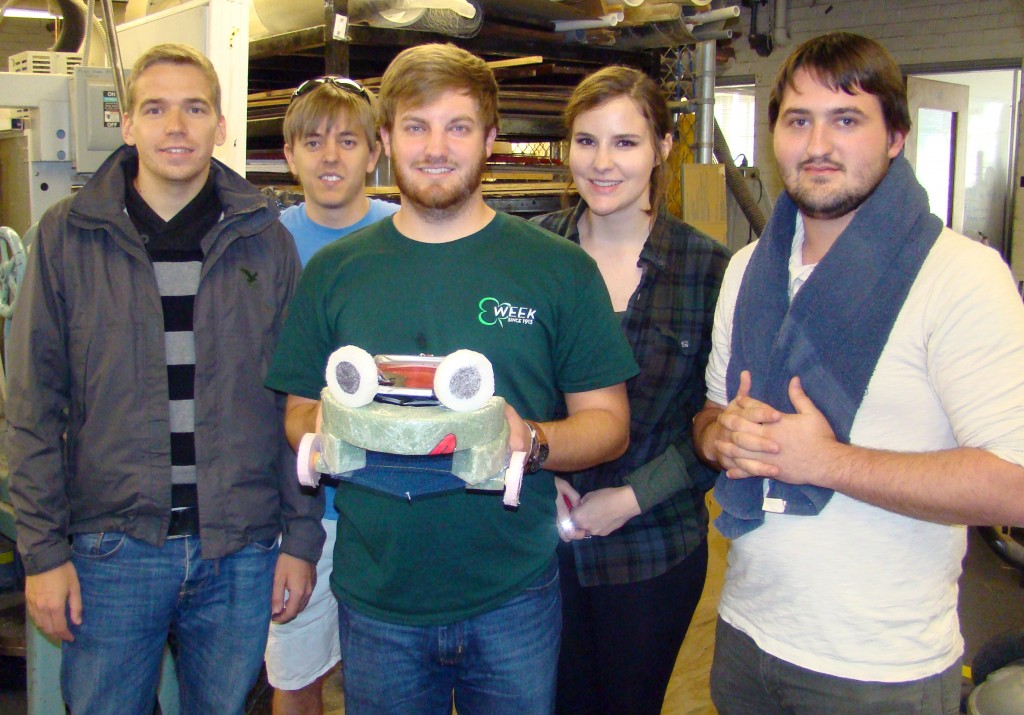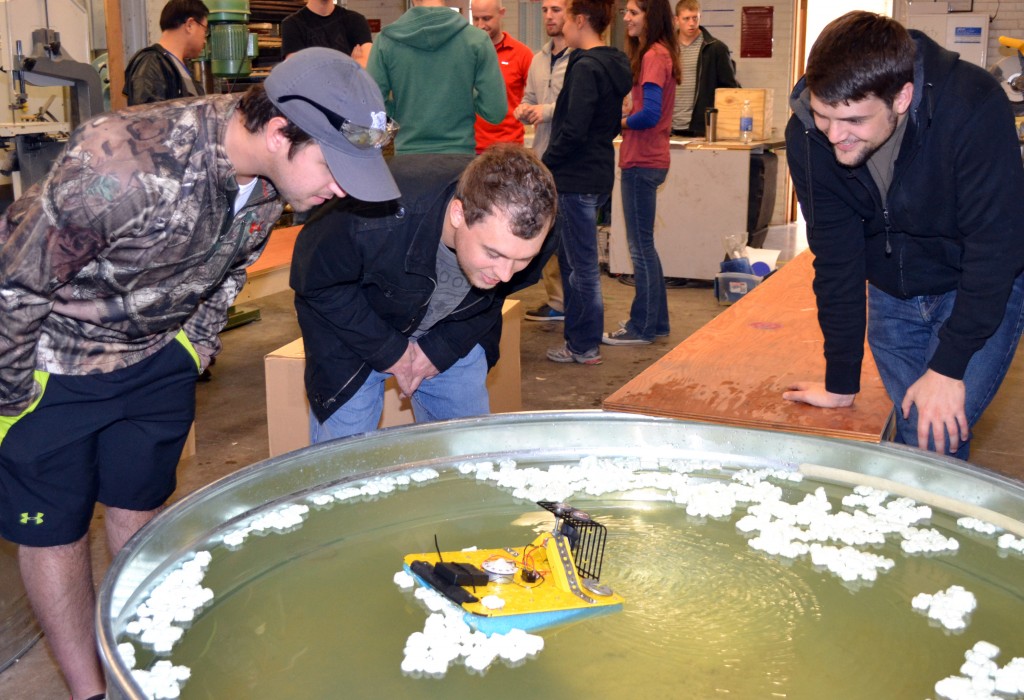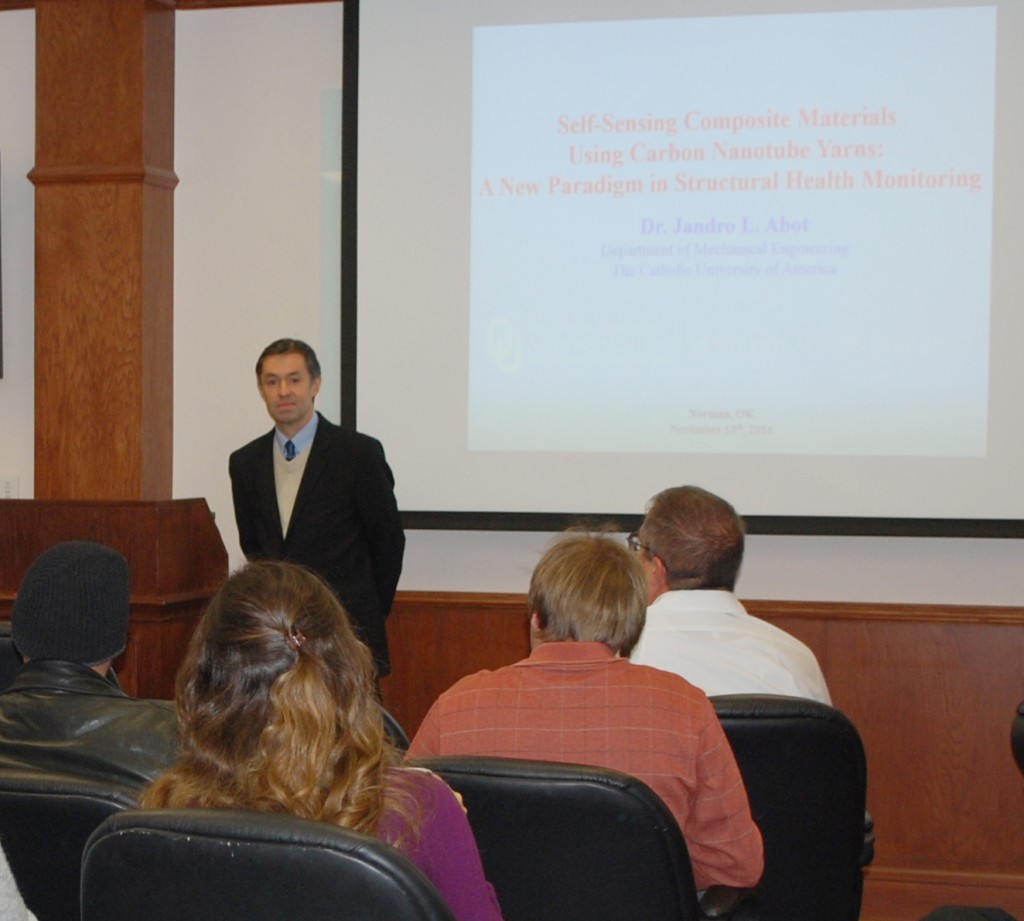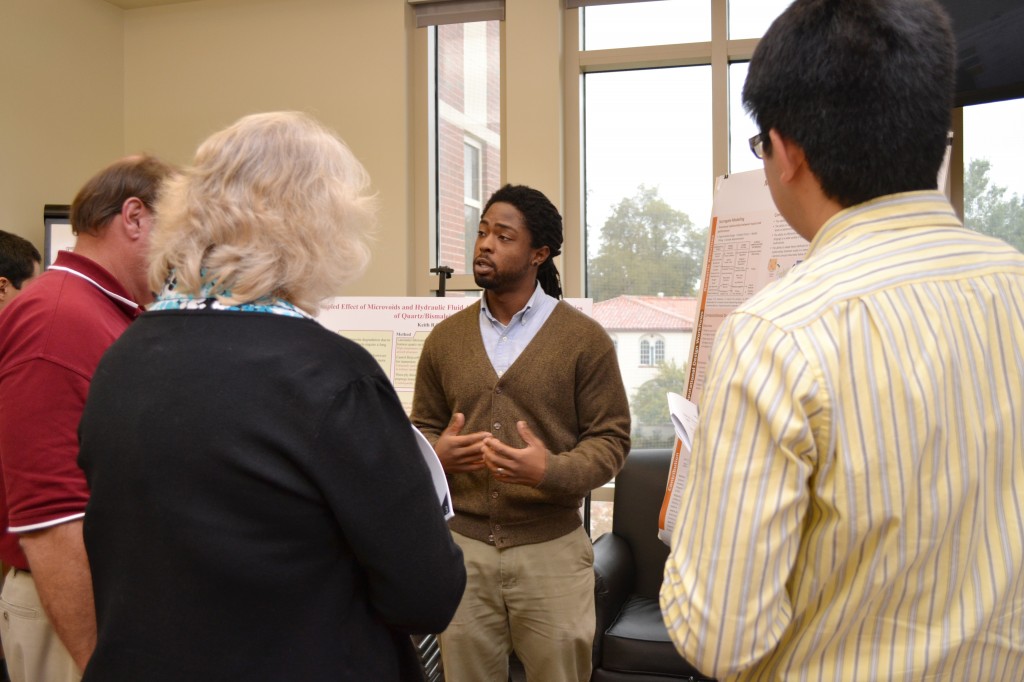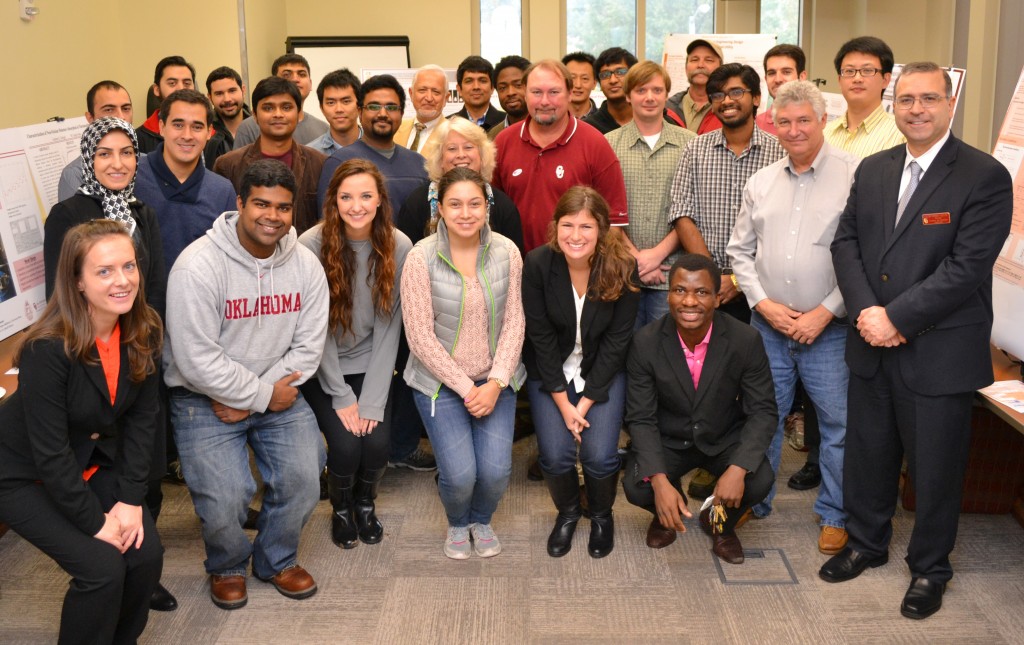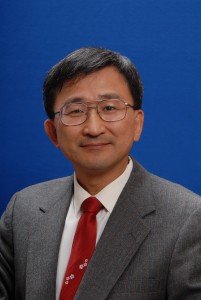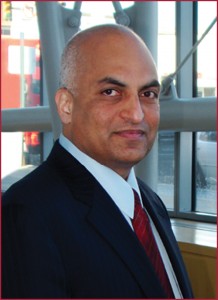 AME Seminar Series welcomes Dr. Surya R. Kalidindi for the first seminar of the new year. Kalidindi is a Professor at the School of Computational Science and Engineering as well as the School of Materials Science and Engineering at the Georgia Institute of Technology.
AME Seminar Series welcomes Dr. Surya R. Kalidindi for the first seminar of the new year. Kalidindi is a Professor at the School of Computational Science and Engineering as well as the School of Materials Science and Engineering at the Georgia Institute of Technology.
Kalidindi will begin his seminar presentation at 10:30am in the Hitachi Conference Room located in 214 Felgar Hall. His presentation is titled, “Data Science Approaches for Mining Structure-Property-Processing Linkages from Large Datasets.”
Abstract: Materials with enhanced performance characteristics have served as critical enablers for the successful development of advanced technologies throughout human history and have contributed immensely to the prosperity and well-being of various nations. Although the core connections between the material’s internal structure, its evolution through various manufacturing processes and its macroscale properties in service are widely acknowledged to exist, establishing this fundamental knowledge base has proven effort-intensive, slow and very expensive for a number of candidate material systems being explored for advanced technology applications. It is anticipated that the multi-functional performance characteristics of a material are likely to be controlled by a relatively small number of salient features in its microstructure. However, cost-effective validated protocols do not yet exist for fast identification of these salient features and establishment of the desired core knowledge needed for the accelerated design, manufacture and deployment of new materials in advanced technologies. The main impediment arises from lack of a broadly accepted framework for a rigorous quantification of the material’s internal structure and objective identification of the salient features in the microstructure that control the properties of interest. Materials Informatics focuses on the development of data science algorithms and computationally efficient protocols capable of mining the essential linkages in large multiscale materials datasets (both experimental and modeling) and building robust knowledge systems that can be readily accessed, searched and shared by the broader community. Given the nature of the challenges faced in the design and manufacture of new advanced materials, this new emerging interdisciplinary field is ideally positioned to produce a major transformation in the current practices. The novel data science tools produced by this emerging field promise to significantly accelerate the design and development of new advanced materials through their increased efficacy in gleaning and blending the disparate knowledge and insights hidden in “big data” gathered from multiple sources. Our ongoing research has outlined a specific strategy for data science enabled development of new/improved materials and key components of the proposed overall framework are illustrated with examples.
Bio: Surya R. Kalidindi earned a B.Tech. in Civil Engineering from the Indian Institute of Technology, Madras, an M.S. in Civil Engineering from Case Western Reserve University and a Ph.D. in Mechanical Engineering from the Massachusetts Institute of Technology. After his graduation from MIT in 1992, Surya joined the Department of Materials Science and Engineering at Drexel University as an Assistant Professor, where he served as the Department Head during 2000-2008. Under his leadership, the department experienced tremendous growth and was ranked 10th nationally among Materials Science and Engineering programs by Academic Analysts in 2006. In 2013, Surya accepted a new position as a Professor of Mechanical Engineering in the George W. Woodruff School at Georgia Institute of Technology, with joint appointments in the School of Computational Science and Engineering and in the School of Materials Science and Engineering. Surya’s research efforts over the past two decades have made seminal contributions to the fields of crystal plasticity, microstructure design, spherical nanoindentation and materials informatics. His work has produced about 200 journal articles, four book chapters and a new book on Microstructure Sensitive Design. His work is well cited by peer researchers as reflected by an h-index of 48 and current citation rate of about 1000 citations/year. He has recently been awarded the Alexander von Humboldt award in recognition of his lifetime achievements in research.
This seminar presentation is sponsored by ExxonMobil. Refreshments provided.
For more information, please click here.
For accommodations on the basis of disability, please contact Danielle Geier (405) 325-1715 or dgeier@ou.edu.


